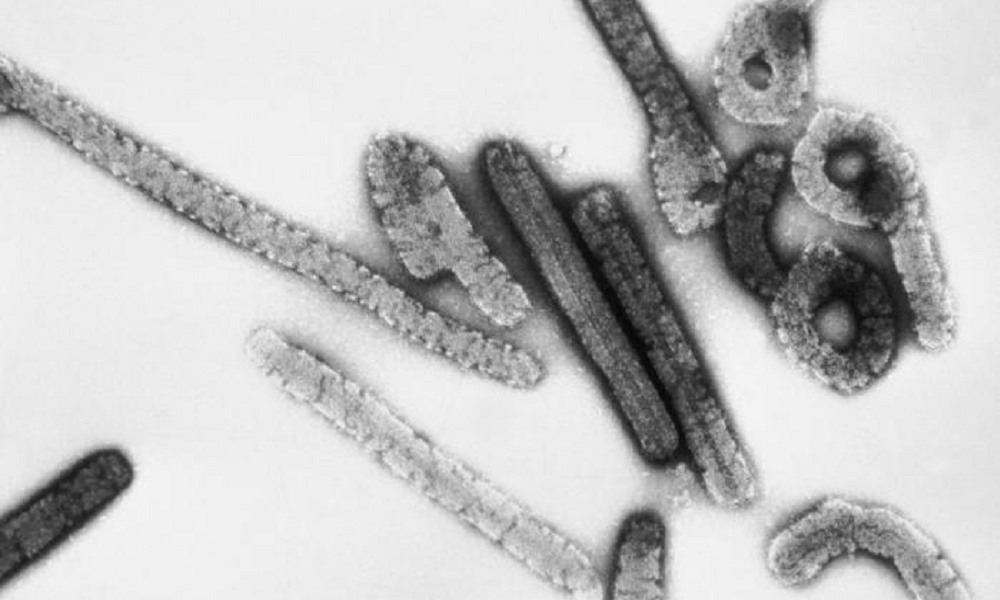Reviews
Do men experience menopause? Let’s find out!

The term ‘menopause’ is typically associated with women. After all, menopause in women is a well-documented biological process that marks the end of reproductive years, usually happening between the ages of 45 and 55.
But can men experience something similar? This is a question that has been a subject of much debate, and the concept of ‘male menopause’ is often misunderstood.
To clarify, men do not experience menopause in the same way as women do. However, men do go through a phase referred to as ‘andropause’ or age-related low testosterone.
Male Vs. female menopause – Understanding the difference
The term ‘male menopause’ is somewhat misleading. While both women and men experience age-related hormonal changes, how these changes manifest and their effects significantly differ.
Female menopause is a well-defined biological event in which the ovaries stop producing eggs, and hormone levels such as progesterone and estrogen drop sharply. This leads to the stoppage of menstrual periods, marking the end of a woman’s reproductive years.
However, men do not have such a sharp drop in their hormone levels. Testosterone decreases gradually – about 1% per year after age 30. As a result, symptoms associated with this decline, such as depression, fatigue, and sexual problems, tend to be more subtle and develop over a longer period. This gradual decline makes it challenging to pinpoint a specific menopausal event for men.
What is the meaning of andropause?
Andropause is the gradual reduction of testosterone production in aging men. Unlike menopause in women, andropause does not result in the complete shutdown of the reproductive capabilities of a man. Men can still produce sperm well into their later years, but their testosterone levels might drop to the point where symptoms start to manifest.
It is essential to note that not every man experiences noticeable symptoms of andropause, and those who do experience may do so in varying degrees. For this reason, ‘male menopause’ is a loose term that is used to informally describe what is more accurately a testosterone deficiency in older men.
What are the symptoms of andropause?
The symptoms of andropause may resemble those of female menopause. However, the manifestation and intensity might differ. Some of the key symptoms are:
- Decreased sexual function and libido – Reduced sex drive is one of the most commonly reported symptoms of low testosterone. Men might also experience erectile dysfunction, less satisfaction from sexual activity, or difficulty in maintaining an erection. For those who notice changes in sexual function, questions around male fertility and reproductive health, such as how to produce more cum, may arise. Addressing these concerns often involves looking at overall lifestyle changes, including diet, exercise, and managing stress levels, as these factors can contribute to both testosterone levels and reproductive health.
- Reduced energy levels and fatigue – Men experiencing andropause might feel more tired than usual. This lack of energy may interfere with daily activities.
- Increased body fat and loss of muscle mass—Testosterone plays a critical role in maintaining strength and muscle mass. If your testosterone level decreases, you might notice a loss of muscle mass and more body fat.
- Mood changes – Hormonal imbalance might affect mood, resulting in anxiety, irritability, depression, or a general sense of dissatisfaction.
- Sleep disturbances – Sleep disturbances such as waking up frequently or insomnia during the night can also be a symptom of andropause.
- Decreased bone density – Men with low testosterone levels might experience decreased bone density, increasing the risk of fractures.
What are the causes of andropause?
The primary cause of andropause is the natural decline in testosterone production. However, various factors can exacerbate this process.
- Chronic stress – Stress may enhance cortisol production, a hormone that, when elevated, can suppress testosterone production.
- Obesity – Excess fat may cause hormone imbalances by converting testosterone to estrogen, resulting in lower levels of available testosterone.
- Sedentary lifestyle – A lack of physical activity might accelerate the decline in testosterone.
- Poor diet – A diet lacking important nutrients might affect the overall hormone levels.
- Drug and alcohol use – The use of certain drugs and excessive alcohol consumption can negatively impact testosterone levels.
How is andropause diagnosed?
A doctor usually conducts a thorough physical examination and evaluates the patient’s symptoms to diagnose andropause.
Blood tests are used to measure testosterone levels, and if the levels are found to be low, andropause may be diagnosed.
It’s important to consider that other health conditions, such as depression, thyroid issues, or diabetes, can mimic the symptoms of andropause. Therefore, it’s crucial to rule out these other factors before assuming that low testosterone is the cause.
The treatment options for andropause
The primary treatment for andropause is testosterone replacement therapy (TRT), which aims to restore testosterone levels to a normal range and relieve symptoms such as fatigue, reduced libido, and muscle loss. TRT can be administered through the following methods:
- Injections: Testosterone can be injected into the muscles every few weeks.
- Patches or gels: These are applied to the skin to let testosterone to be absorbed through the skin.
- Implants: Small pellets containing testosterone are inserted under the skin and they release a steady dose over time.
However, TRT isn’t without risks. Potential side effects include an increased risk of blood clots, sleep apnea, and prostate issues. Men considering testosterone therapy should discuss the risks and benefits with their doctor before beginning treatment.
Besides these, lifestyle changes can also help manage andropause symptoms. These changes include:
- Regular exercise: Strength training and aerobic exercises can help improve energy levels, maintain muscle mass, and improve mood.
- Healthy diet: A diet rich in fruits, vegetables, lean proteins, and whole grains can help maintain overall health and hormonal balance.
- Stress management: Reducing stress through mindfulness, yoga, or meditation techniques can help maintain hormonal equilibrium.
- Adequate sleep: Ensuring consistent, high-quality sleep can help reduce fatigue and improve mood.
Conclusion: Is male menopause real?
While the term ‘male menopause’ is used widely in the media, most medical professionals prefer not to use it because it doesn’t accurately reflect the biological changes men experience. Men’s reproductive systems do not shut down in the same way that women do. The gradual decline in testosterone is more of a hormonal imbalance rather than a defined phase like female menopause.
Additionally, not all men experience symptoms of low testosterone. Some men may maintain normal testosterone levels well into their older years, while others might experience a more significant decline.
However, while men do not experience menopause the same way as women do, the concept of andropause highlights the age-related hormonal changes that men experience.

-

 World3 days ago
World3 days agoEthiopian volcano erupts for first time in thousands of years
-

 Legal1 week ago
Legal1 week agoMichigan man JD Vance sentenced to 2 years for threatening Trump and JD Vance
-

 Legal1 week ago
Legal1 week agoWoman in critical condition after being set on fire on Chicago train
-

 World1 week ago
World1 week agoHurricane Melissa registered 252 mph wind gust, breaking global record
-

 Legal6 days ago
Legal6 days agoSuspect in San Diego stabbing shot by authorities after fleeing into Mexico
-

 Legal1 week ago
Legal1 week ago1 dead, 2 injured in shooting at Dallas Walmart parking lot
-

 Legal7 hours ago
Legal7 hours agoUtah Amber Alert: Jessika Francisco abducted by sex offender in Ogden
-

 Health6 days ago
Health6 days agoMarburg virus outbreak in Ethiopia grows to 6 confirmed cases




